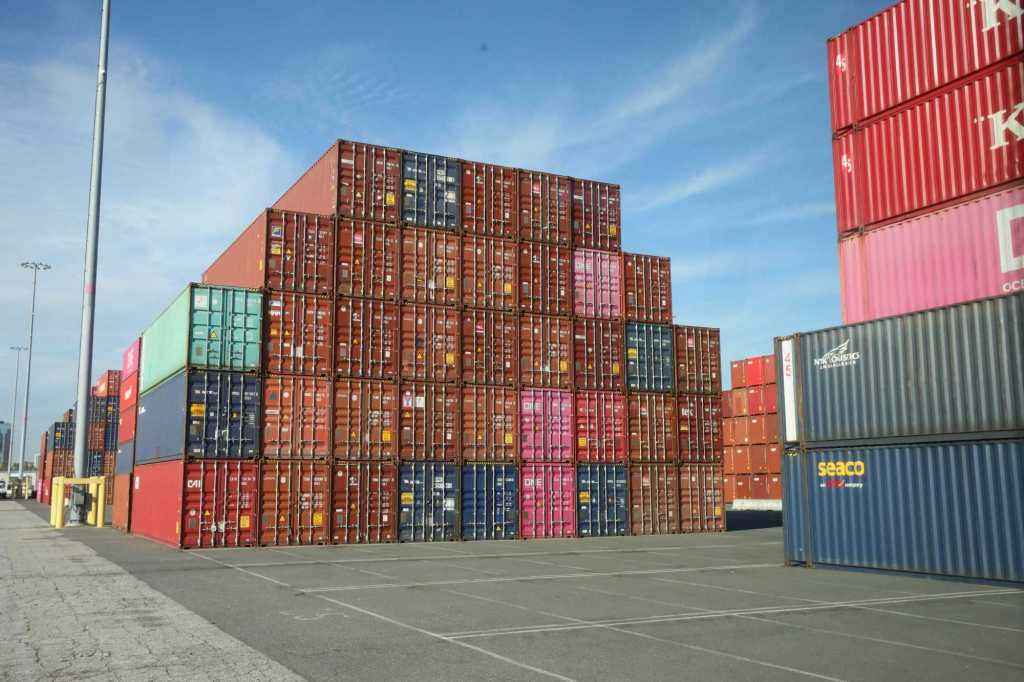The Port of Long Beach saw its “strongest September on record,” officials reported Wednesday, Oct. 16.
Demand for holiday-related goods was credited for nudging the port to its most active September — and busiest quarter — on record. Shippers also were rushing to move goods ahead of the labor contract deadline impacting ports on the East and Gulf coasts. The union there held a three-day strike at the start of October when a deal was reached and they returned to work.
The September surge at the Port of Long Beach resulted in 829,499 20-foot equivalent units (the standard industry measurement for a container) being moved in September, up by 70 TEUs from the previous record set in September 2023.
September also marked the port’s fourth consecutive monthly year-over-year cargo increase. Imports rose by 2% — to 416,999 TEUs — while exports declined 12.8% to 88,289 TEUs.
“We have plenty of room across our terminals as the peak shipping season drives a record amount of cargo through this critical gateway for trans-Pacific trade,” said Port of Long Beach CEO Mario Cordero. “We are anticipating continued growth through the rest of the year as retailers stock the shelves for the winter holidays.”
The neighboring Port of Los Angeles will announce its September cargo numbers on Friday, Oct. 18. Those numbers also are expected to be “strong,” a port spokesperson said.
Both ports have been seeing record volumes of cargo, driven in part by cargo diversions prompted by issues impacting the Red Sea and Panama Canal, as well as the labor turmoil affecting East and Gulf coast ports this summer. Consumer shopping also has continued to be strong.
Despite the surge, both ports also say they have room on the docks to handle more cargo.
“Our ability to work with industry and workforce partners allows us to move large volumes of cargo reliably, quickly, and sustainably,” said Long Beach Harbor Commission President Bonnie Lowenthal.
The Port of Long Beach moved…
Read the full article here







